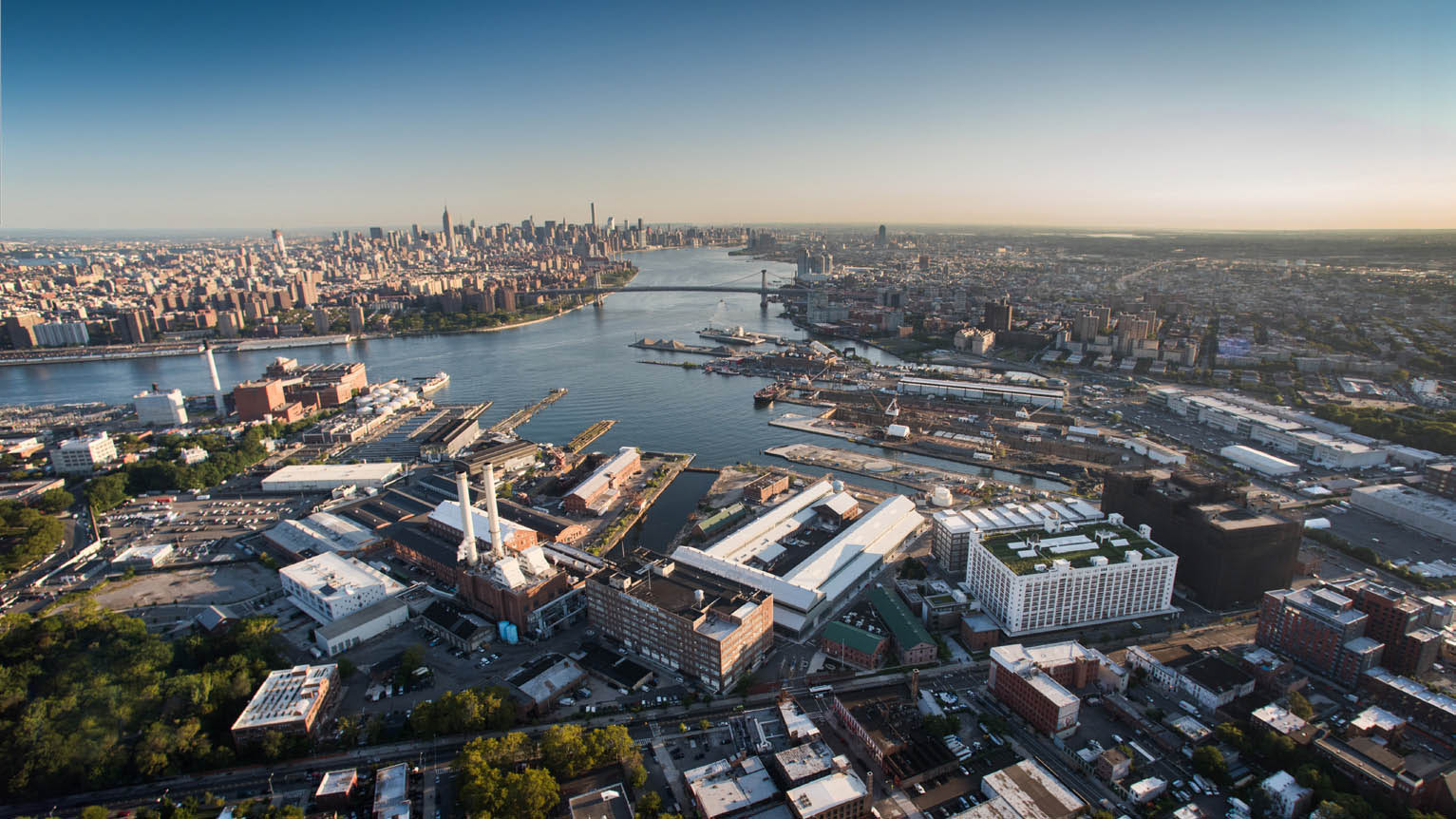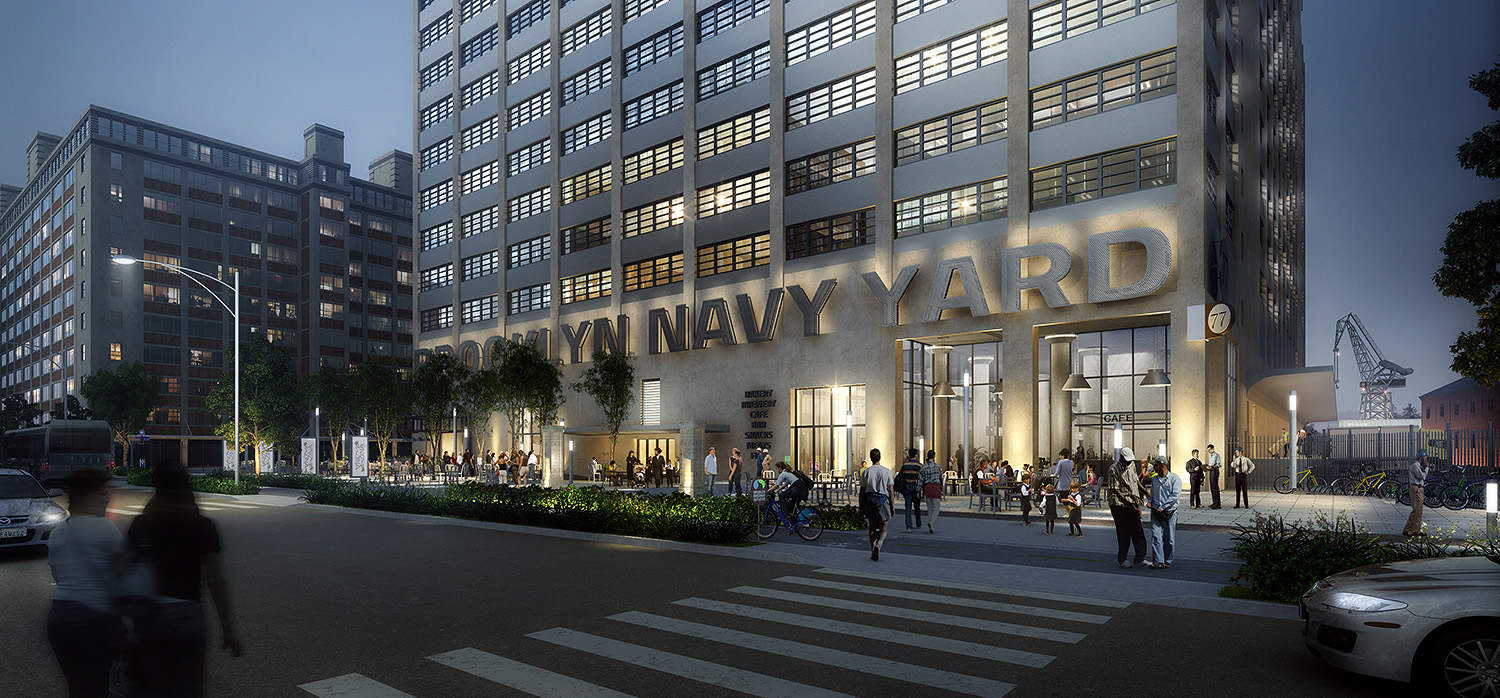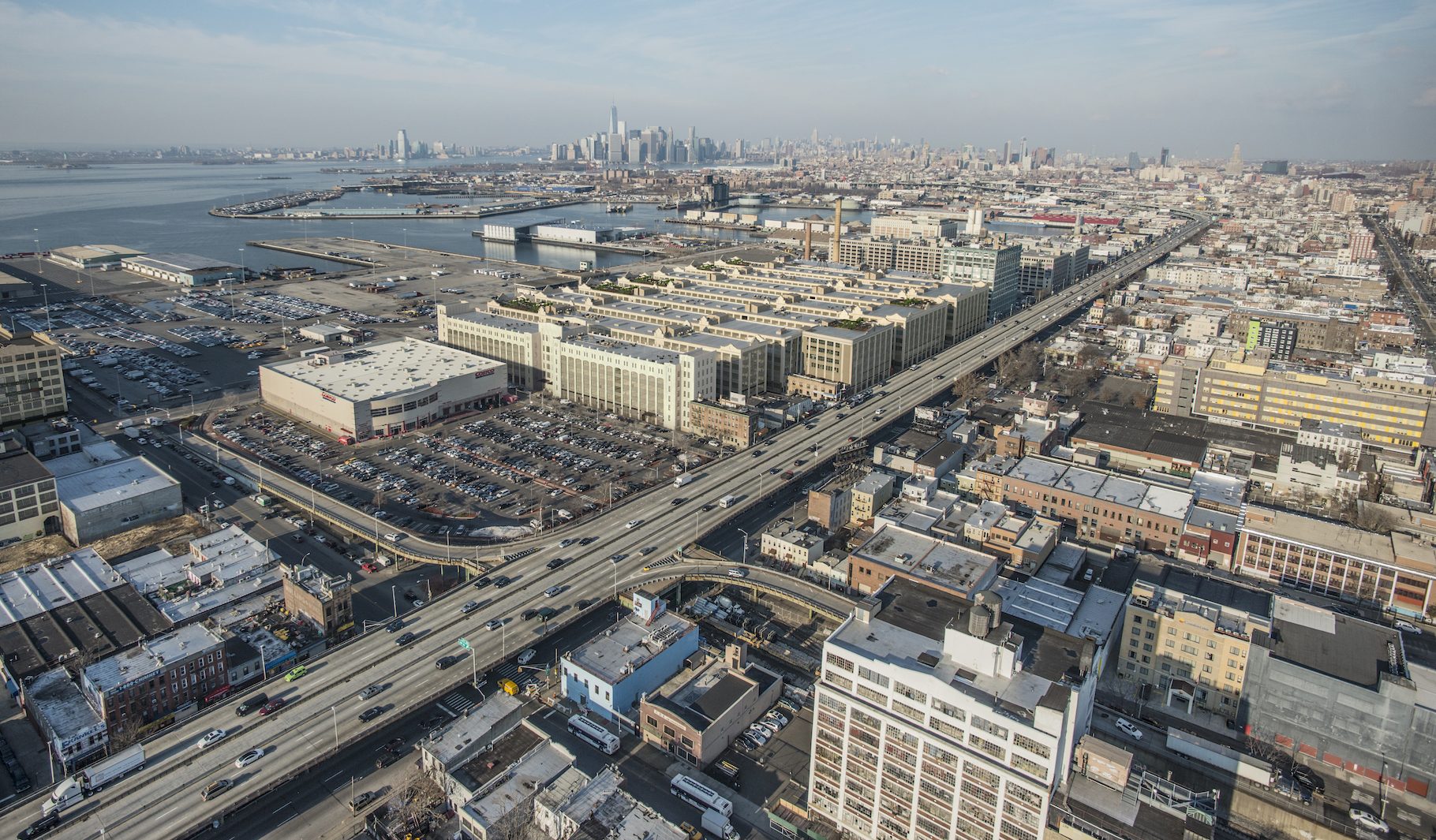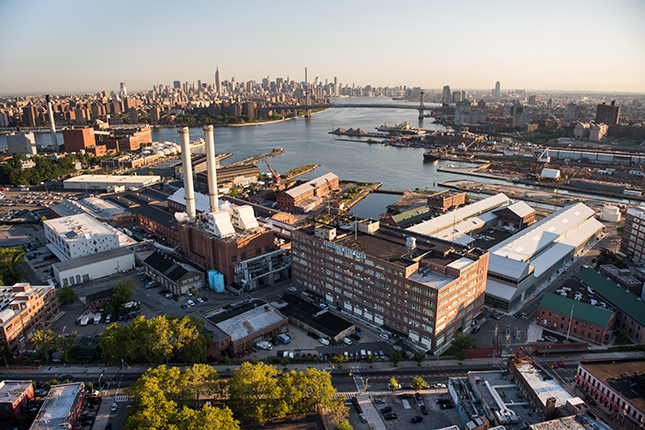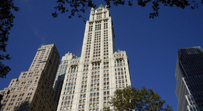
Making It In NYC: A Manufacturing Comeback
Brooklyn Navy Yard, Industry City and Harlem Biospace Lead Way in New Manufacturing in NYC
Written by Christopher Collins, Capalino’s Executive Vice President of Land Use Planning + Zoning. For help securing City and State zoning and land use approvals or for expert technical advice on growing and expanding into new markets, please contact Chris at 212-916-5838 or Christopher@nullcapalino.com.
Living in a city that is known for its technology and finance sectors, it is easy to forget that there was a time when nearly 40% of the jobs in New York City were concentrated in manufacturing. In 1870 half of the sugar in the country was refined on the Brooklyn waterfront and goods were being produced here not only for our City, but the nation and the world. Although the NYC manufacturing industry has declined dramatically over the last century, there has been a renaissance over the last decade, with some of the most cutting edge initiatives taking place in our backyard. A few exciting examples of this movement are happening inside the Brooklyn Navy Yard, Industry City and Harlem Biospace. They are part of an exciting manufacturing comeback driving NYC’s new innovation economy.
The regulation of land use has long played an integral role in the history of NYC’s manufacturing economy and remains a strong influence on how our City is shaped today. The Zoning Resolution of 1916 accelerated the growth of the industry along the waterways and freight rail lines of the boroughs of Brooklyn, Queens, and the Bronx with the introduction of “unrestricted” industrial zones. As the sector’s growth created conflicts between residential, commercial and industrial property owners, the Zoning Resolution of 1961, needed to address these conflicts. The formation of this unprecedented initiative which designated separation of uses—residential, commercial and industrial—was heavily influenced by the emergence of the environmental movement that deemed noxious fumes, noises, and traffic congestion surrounding manufacturing should be separated from residential and commercial uses.
However, in 2016, the new wave of manufacturing looks vastly different from its predecessors and allows for more flexibility. Mixed-use buildings are becoming more popular as products being made and processes used are not producing noxious side effects and production volume is much smaller. New manufacturers are serious about protecting the environment and engaging their surrounding communities. Much of the focus is now on smaller companies capable of rapid production, technology and niche products for the luxury market, especially food products.
“I think what we are seeing is not so much the growth of large-scale manufacturers who produce one or two goods,” said Maria Torres-Springer, President and CEO of the New York City Economic Development Corporation. “We are seeing a growth of smaller, more niche, more inventive types of companies.”
Today, the fastest growth of any manufacturing subsector in the city has taken place in food, which added 3,794 jobs between 2005 and 2015, a 27.3% increase, according to analysis by the New York City Economic Development Corporation.
Brooklyn Navy Yard, Industry City and Harlem Biospace are great examples of buildings that have been retrofitted to drive our creative/innovative economy. We see space-sharing models, local hiring and sourcing, and mixed use—commercial and manufacturing—inside of these hubs and incubators. Today’s manufacturing facilities house the makings of many artisanal food products, in addition to furniture, 3D printing, uniform production and even bio technology.
Let’s take a closer look at some of the leaders in manufacturing in New York City:
Brooklyn Navy Yard
The Brooklyn Navy Yard, a 200-year-old former naval base is now home to 7,000 jobs with a goal of 16,000 within five years and tenants have access to a jobs center that helps them hire local talent, including residents of nearby housing projects. This includes a 60,000 square foot public food manufacturing hub on the ground floor of Building 77 where 3,000 jobs were created. There is also a Green Manufacturing Center, home to Crye Precision, a manufacturing company that produces American military gear and apparel from American materials.
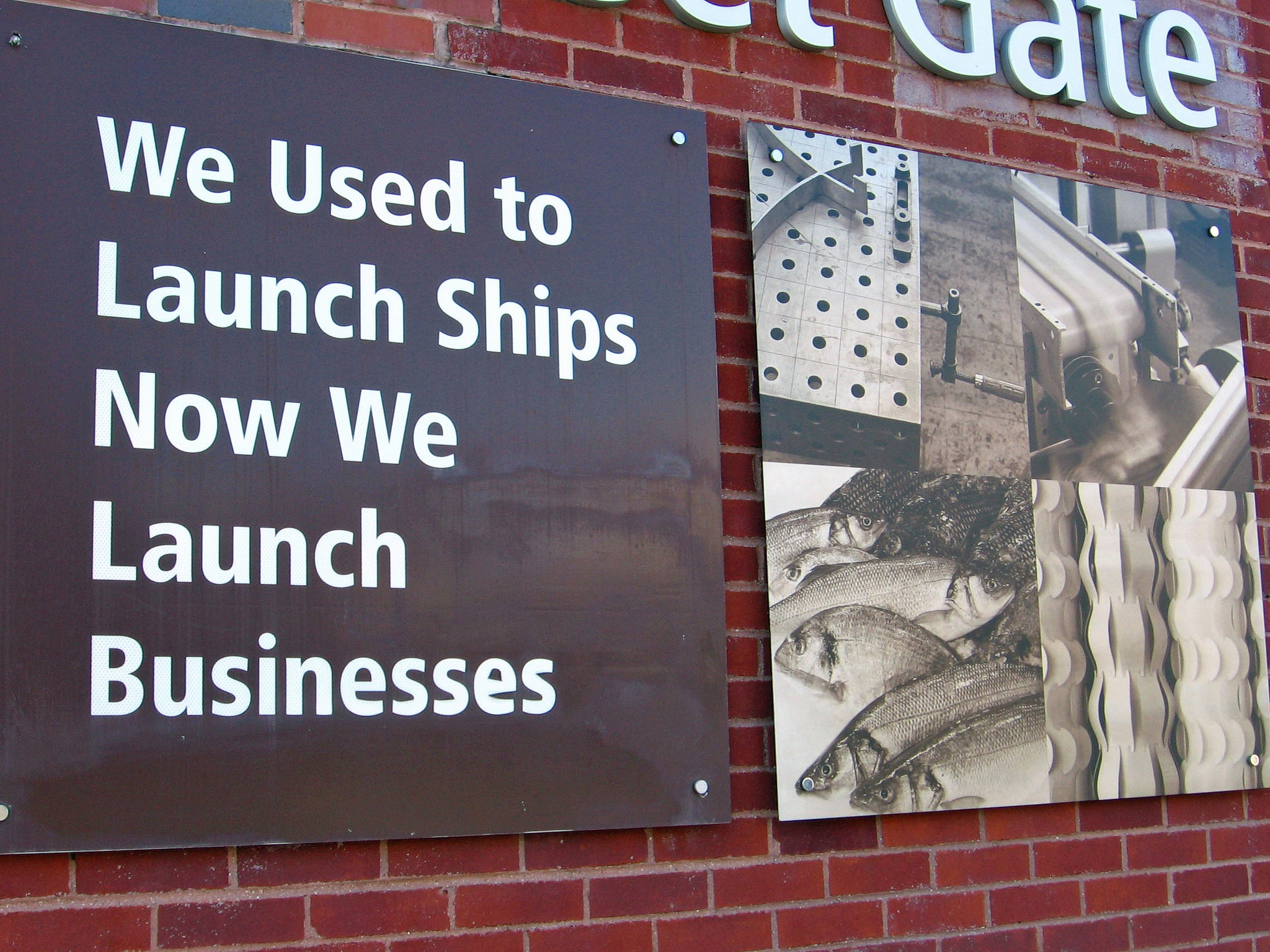 In total, Brooklyn Navy Yard generates over $2 billion per year in economic impact for the City and Building 77’s one million square foot hub is expected to expand employment by 40%. This includes manufacturing in food, art, tech and design.
In total, Brooklyn Navy Yard generates over $2 billion per year in economic impact for the City and Building 77’s one million square foot hub is expected to expand employment by 40%. This includes manufacturing in food, art, tech and design.
These commitments to local manufacturing reinforce the Yard’s unique bonds with the community and inspire future generation New Yorkers to become industrial innovators and entrepreneurs.
For more information on the Brooklyn Navy Yard, visit: http://brooklynnavyyard.org/
Industry City
Industry City, as it name suggests, is a microcosm of NYC and its very own innovation ecosystem. This is because everything makers need can be found under one roof. Industry City is a great example of NYC’s manufacturing renaissance for a variety of reasons. Located on the waterfront in Sunset Park, Brooklyn, the gigantic space once employed 25,000 workers during World War II. It was originally conceived for the purposes of manufacturing, warehousing and distribution, and offers makers and the local community a place to be involved. This extraordinary manufacturing hub houses manufacturing companies that range from design, art and architecture, biotech to clean-tech, media to film production, and fashion to food, and provides a space where makers can build community with each other and the local neighborhood.
This mixed-use building allows for dining, retail and arts to thrive under one roof and epitomizes NYC’s diverse culture. Sculptors and artisanal chocolatiers share this grand location and the ecosystem encourages giving back to the local community through cooperative training programs and continuing education.
For more information on Industry City, visit http://industrycity.com/. For live videos, check out https://vimeo.com/industrycity
Harlem Biospace
Another area where innovative New Yorkers are making a manufacturing comeback is in the technology and healthcare sector. Wet labs are another new area of manufacturing, one where biotech communities are turning biotech ideas into products that solve real health problems.
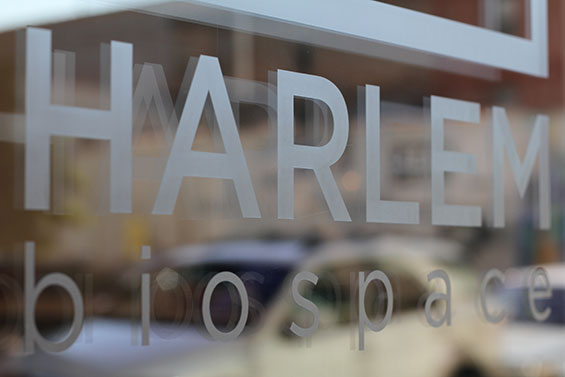 Researchers need accessible and inexpensive space and networks to build on their ideas. Harlem Biospace (Hb) was born out of that need and a desire to make NYC competitive with other cities in this groundbreaking field. Hb provides an ecosystem for researchers and scientists in a growing cultural NYC neighborhood: Harlem. Hb is housed inside the Sweets Building, a renovated structure that was formerly a confectionery research lab in the old factory district of Harlem.
Researchers need accessible and inexpensive space and networks to build on their ideas. Harlem Biospace (Hb) was born out of that need and a desire to make NYC competitive with other cities in this groundbreaking field. Hb provides an ecosystem for researchers and scientists in a growing cultural NYC neighborhood: Harlem. Hb is housed inside the Sweets Building, a renovated structure that was formerly a confectionery research lab in the old factory district of Harlem.
This unique biotech incubator gives inventors an opportunity to share an environment, equipment, and ideas on the latest biotech projects and inventions. The strategic location is near multiple subway lines at the heart of three academic campuses—Columbia University, City College of New York, and the future Columbia Manhattanville campus— an affordable and convenient nexus for a start-up community.
Hb’s facilities, mentorship, events, equipment and classes are all designed to inspire innovation and foster a vibrant community of biotech entrepreneurs both within and outside its walls. Hb has created a viable start-up community in Harlem with the goal of making NYC a destination for biotech. Similar to other new manufacturing models, Hb is committed to giving back to the surrounding Harlem community. Hb’s researchers and scientists bring unique science education to a local public school through a program called HYPOTHEkids.
“We have the most promising innovation here and we’re doing it in Harlem,” said Samuel Sia, Co-Founder of Hb. He wants to take advantage of the science innovation and “introduce it to the community, especially young kids.”
Hb’s vision is taking early-stage ideas from local research universities and innovators, and turning them into viable companies with the help of the public and private sector— right here in NYC.
For more information on Harlem Biospace, visit http://harlembiospace.com/
New York’s New Manufacturing Sector
The Brooklyn Navy Yard, Industry City and Harlem Biospace are three of many great examples of new manufacturing in NYC. Our manufacturing sector has certainly been through its ups and downs but “from 2013-2014, manufacturing employment grew 3.8% – a faster pace than the City’s overall private sector,” according to a report from the New York City Council.
“In Brooklyn and Queens, industrial sector jobs pay an average salary of $50,934 more than twice the average salary of $25,416 in the retail, hotel, and restaurant sectors.”
According to Adam Friedman, Executive Director of the Pratt Center for Community Development, the manufacturing industry could be an important factor in increasing economic opportunity for more New Yorkers. “There’s actually 6,500 local manufacturers employing over 74,000 people in New York City,” said Friedman, emphasizing the need for stable and affordable real estate to continue this growth.
Regulation of land use is fundamental to the shaping of our city, and we need policies to be regularly examined and updated as our City evolves. Support for mixed-use buildings is important because it advances manufacturing job opportunities and encourages innovation and entrepreneurship in NYC.
Heritage Equity Partners and Rubenstein Partners Celebrate 25 Kent Avenue in Brooklyn
Capalino works with innovative business owners and developers from around the world to help them succeed in NYC. Our team of experts provide the resources and knowledge needed to bring their ideas to fruition.
Our land use expertise is especially helpful during this revolutionary time in our city’s history and we are thrilled to see our clients reach their goals. When our client Heritage Equity Partners and Rubenstein Partners wanted a zoning special permit that allows them to trade light manufacturing space for extra office construction, we were able to help. The results were monumental. With this zoning special permit, our client is going to construct a brand new building at 25 Kent Avenue that will add industrial space to the available stock of manufacturing space in Brooklyn for the first time in more than a generation.
Talk about a comeback.
For more information on 25 Kent Avenue, read $400 Million Commercial Building Breaks Ground in Williamsburg.
 Do you want to be part of NYC’s new innovation economy? Capalino is proud to support NYC’s manufacturing and innovation economy by providing expert technical advice to clients who want to grow and expand into new markets.
Do you want to be part of NYC’s new innovation economy? Capalino is proud to support NYC’s manufacturing and innovation economy by providing expert technical advice to clients who want to grow and expand into new markets.
For strategic guidance on land use planning and procedures please contact Executive Vice President Christopher Collins at 212-916-5838 or Christopher@nullcapalino.com.
Land Use Planning + Zoning Services
Get The Latest From Capalino! Sign up for our free weekly newsletter for a roundup of top news and appointments from New York City and State government straight to your inbox every Friday. Click here to subscribe to Affairs+Appointments.

